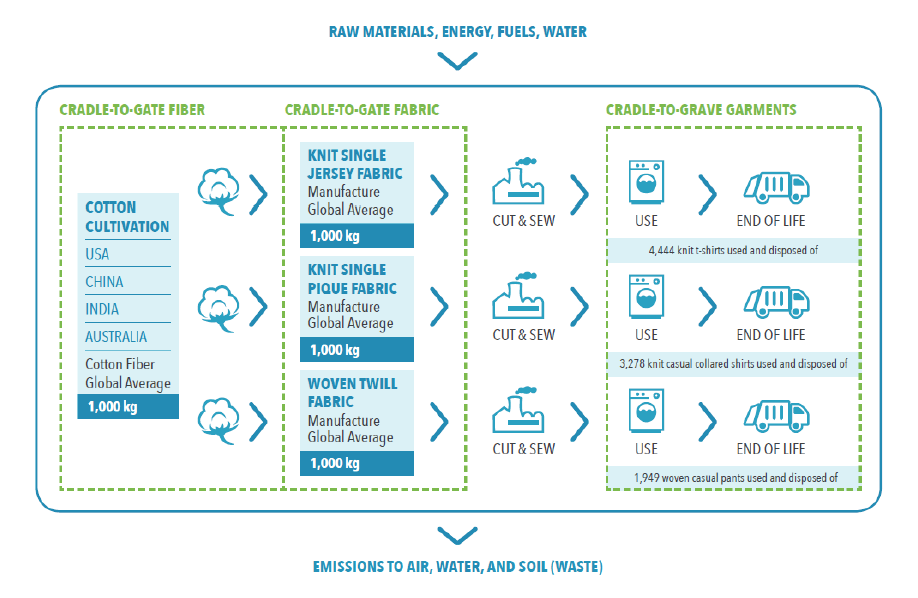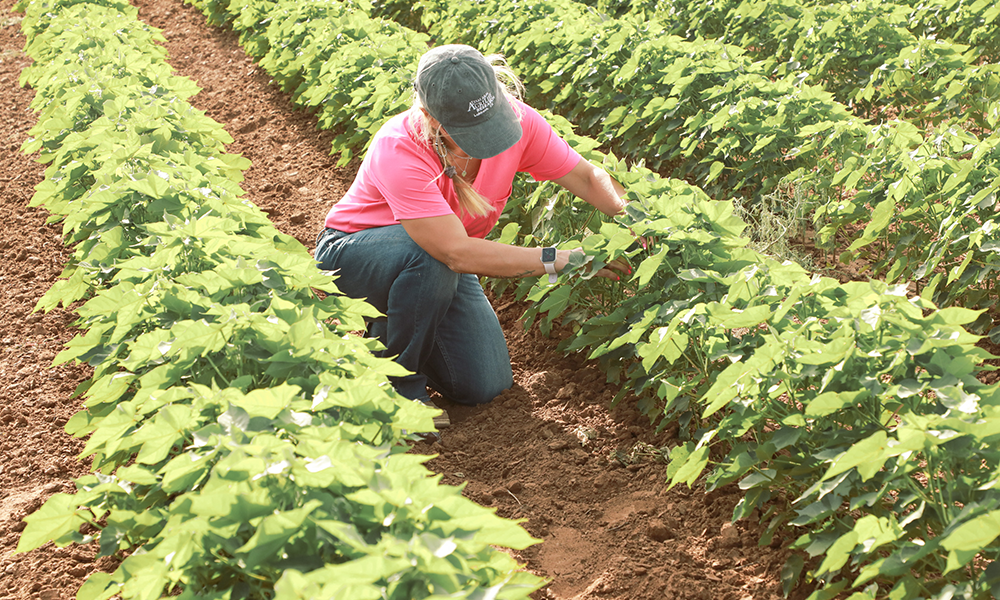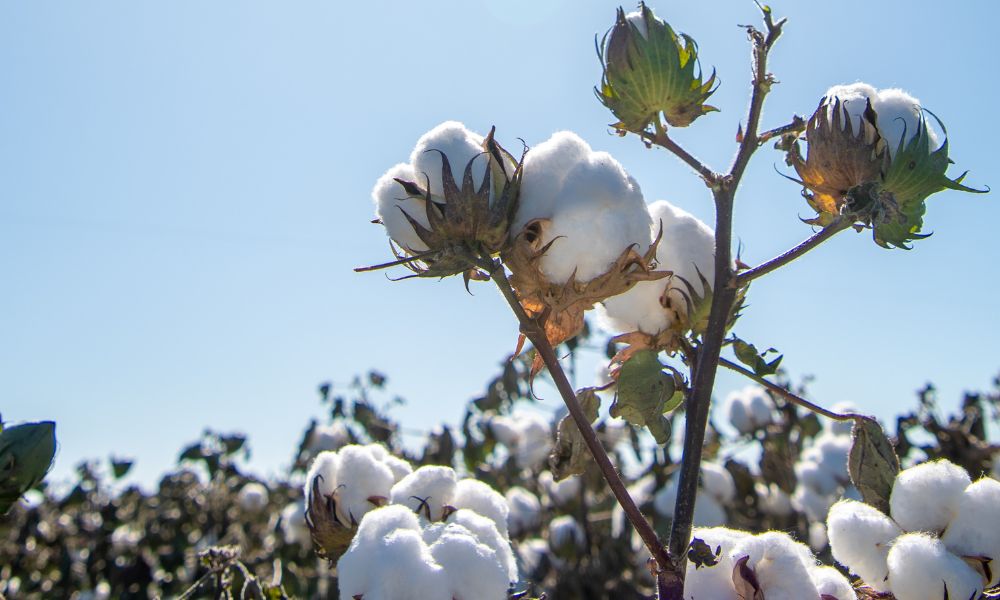The Cotton Industry Reduces its Carbon Footprint
March 27, 2020
The Cotton Industry Reduces its Carbon Footprint
Cotton Incorporated funds research to achieve cotton industry carbon footprint reduction goals.
Since the U.S. cotton industry released its sustainability goals in 2017, Cotton Incorporated has been funding research and outreach programs to bridge the gap between farm and land and help the industry reach the ambitious goal of the cotton industry to decrease its greenhouse gas (GHG) emissions by 39%.
Cotton Incorporated has dedicated research resources to understand the lifecycle of a textile product and truly identify which stage of the lifecycle is the most burdensome to the environment. To this end, Cotton Incorporated recently conducted a Lifecycle Analysis Workshop which out-lined the lifecycle (illustrated below) as well as helped to reveal at which point in the lifecycle the most GHG emissions were being created.

While the agricultural phase of a textile product has proven to be a relatively small part of the overall GHG footprint for an apparel item, a significant portion of cotton’s agricultural GHG emissions are attributed to the following:
- The use of nitrogen fertilizer
- The cotton ginning process
- The energy used to pump irrigation water
- The tractor fuel use in field operations
Nitrogen Fertilizer
While the agricultural phase of a textile product is a relatively small part of the overall GHG footprint for an apparel item, a significant portion of cotton’s agricultural GHG emissions are from the use of nitrogen fertilizer. Both in the GHGs emitted in manufacturing of that fertilizer and from nitrous oxide gas that can be emitted from the agricultural field after that nitrogen is applied.
Research conducted by USDA and universities and supported by Cotton Incorporated has proven that cotton is a very efficient user of nitrogen compared to many other row crops. However, with the need for continued improvement, Cotton Incorporated has continued its research program to increase nitrogen use efficiency (get as much cotton with as little nitrogen possible), including research to refine agronomic recommendations and sensors to detect the crop’s nitrogen status and then apply exactly what is needed. Other projects have focused on management practices that can reduce nitrous oxide emissions, use of alternative nitrogen sources, and using legume cover crops to meet part of cotton’s nitrogen requirements. Cover crops improve nutrient cycling and reduce water run-off from the fields and any nitrogen that may be present in the run-off water.
Cotton Ginning
Cotton Incorporated funded energy audits of several U.S. cotton gins. These audits were conducted by engineers from two USDA-ARS ginning laboratories, and findings from that audit have been made available on Focus on Cotton , including an educational guide for ginners on how to reduce energy use.
Cotton Field Irrigation
Extensive efforts are in place to equip cotton growers with better tools to determine when their crops need water. Many U.S. cotton farmers have installed and implemented digital/automated irrigation systems that are able to measure environmental and crop conditions in order to proper-ly determine when and how much water is needed to maintain a healthy cotton crop. Continued educational outreach has helped encourage irrigation infrastructure updates and these updates continue to positively impact and reduce the cotton industry’s overall GHG emissions as they pertain to irrigation. Additionally, soil health practices that increase water infiltration and soil water storage capacity decrease the amount of irrigation water needed to grow a profitable crop.
Tractor Emissions
Improved soil health and carbon sequestration practices such as reduced tillage no-till, and the implementation of cover crops and improved cropping systems, will all lead to reduced tillage operations, ultimately resulting in fewer field operations emissions attributed to tractor use. These practices aim to increase organic matter and soil carbon levels and will result in important carbon capture and storage, further reducing GHG emissions. Cotton Incorporated continues to fund research to create field operations solutions that reduce overall GHG emissions produced on the cotton farm.
Cotton Incorporated is committed to helping the industry make the production changes necessary to achieve these bold and inspired GHG emissions reductions goals. It continues to illustrate this commitment by funding research and sharing information with crop specialists, re-searchers, and growers at events such as the Beltwide Conference, through webinars, through regional meetings, and demonstration field days.
Ready to commit to sustainably produced cotton? Become a Cotton LEADS partner today. Interested in doing even more? Contact us for ideas to get the most out of sustainable cotton and your partnership with Cotton LEADS.














Recent Comments